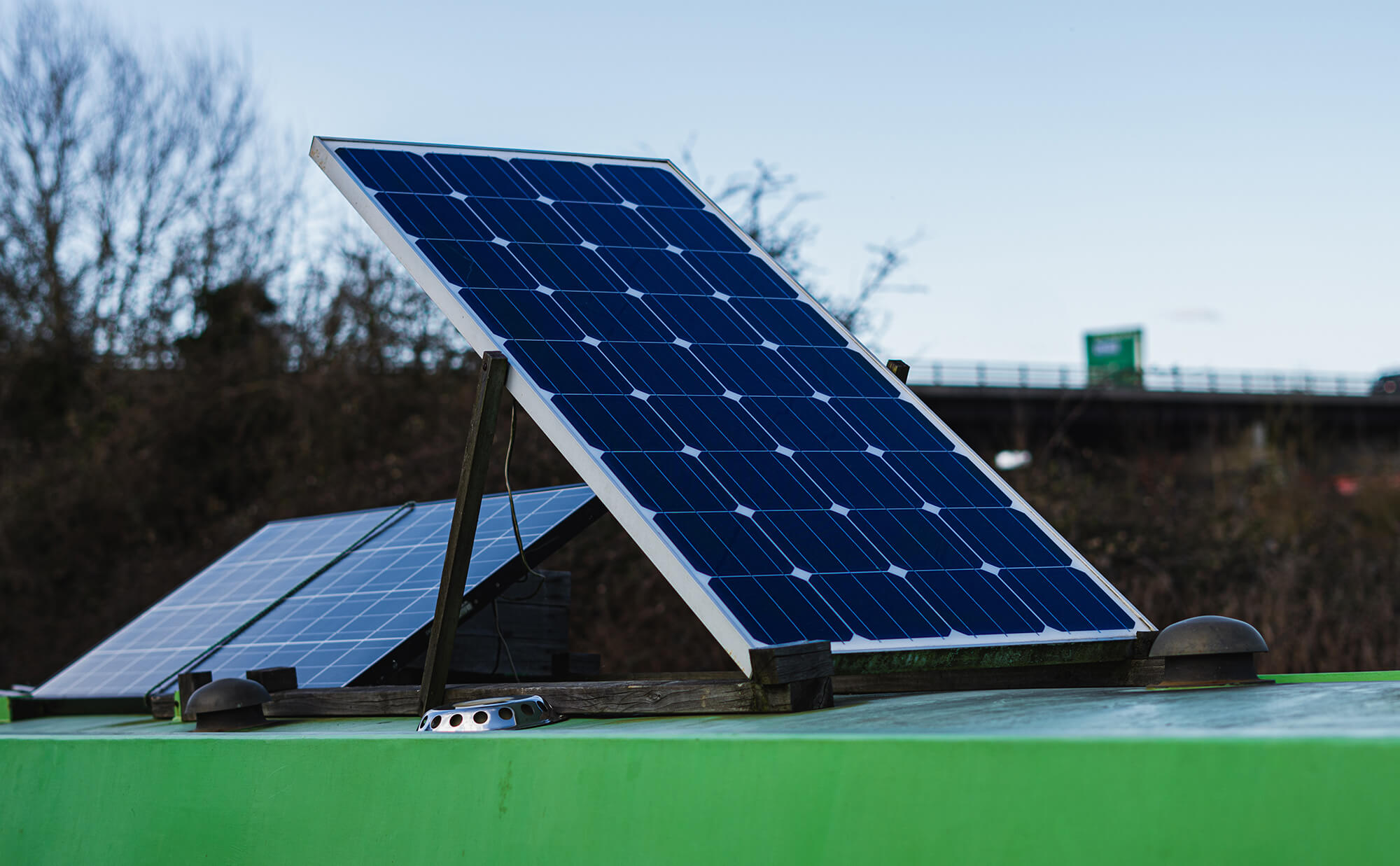There is a very big problem with choosing solar panels; they all look pretty much the same. For the most part, they’ll all work pretty much the same week one out of the box too.
However, with a solar panel what you want is high quality performance over a long period and that’s where you see the separation between brands happen.
The better and yes, generally more expensive brands, will give that performance and longevity. Meanwhile on the cheapest end of the spectrum I’ve seen panels of such poor build quality that after the first couple of rains, water made it inside the front surface, calcified part of the cells and rendered the whole panel useless. After that the manufacturing company couldn’t be gotten hold of so no warranty could be used and would be too expensive to pursue.
So to avoid this entire headache, its best to choose a good set of panels from the start.
As it happens the criteria for this are very similar to the criteria for choosing the inverter that goes with your panels.
1. Quality/Value
The internet is a wealth of information on different panel brands and it quickly becomes clear which the best are.
As a rule of thumb, most European brands are reliable, Germany in particular, has a high quality standard. China generally works to a market demand of quantity and price over quality with notable exceptions of the Suntech, Trina and Kyocera.
Things to definitely be wary of:
- If you can’t find any info on the brand then it’s performance isn’t well know. In that case it might be best to steer clear.
- Some companies have been known to brand solar panels with their own company name. Currently there is no solar panel manufacturing in Australia so if the company isn’t willing to tell you what the actual brand is then that’s a good indication then it’s not a good one.
2. Warranty
This is a big one. It is required that the process for actioning your warranty be expressly written with your warranty document. In particular, it should precisely say what the company is responsible for and what you are responsible for.
What you want to see is that the company will take on the entire cost for removing, transporting, replacing and reinstalling any defective panels within a defined time period.
Companies that aren’t willing to make this commitment probably aren’t confident enough in their own product, so you probably shouldn’t be either.
3. Presence in Australia
This is related to the warranty issue but extends to all types of support. It also is an indication of the quality of the product and the probability that the company will still be around in at least the next 5-10 years in case you need support in the future.
Ideally, you want a representative or a contact to be based in Australia. This also results in quicker turn around times for any support/warranty issues.
4. Installation Area
The type of panel you buy e.g. mono/poly crystalline or thin film will be influenced by the roof you want to install on.
For example, if it’s at the front of your house then there might be aesthetic concerns. In which case you may want to select a frameless thin film panel as people generally like the look of these more.
If you have a large unshaded roof , you may choose mono/poly crystalline to maximise the energy yield, because they have higher efficiencies.
If you have a roof that is partially shaded for part of the day, but you still want to maximise what you can get out, you may choose thin film modules because they operate better than crystalline modules under shading.
These are all design related questions that your solar company should be able to guide you through.










